Good afternoon! Hi there and thanks for checking out our podcast. I’m Ting, and I am Hazel. We are going to talk about the film “young and dangerous,” which was shot by Andrew Lau and based on a popular comic book series “Teddy boy” in 1996. He depicted the nineties gang life of Hong Kong, where the protagonist Chen Haonan was expelled after being duped by the antagonist Kun into sleeping with his best friend’s girl. Kun then kills Haonan’s father figure, brother Bee, seizes control of the gang and publicly humiliates Haonan at Bee’s funeral. The climax of the movie highlights Haonan’s revenge for assassinating Kan, which started at the Yuet Heung restaurant.
Since it was Kun’s mom’s birthday, the gang decided to celebrate at the Yuet Heung restaurant. In the film, the restaurant was thriving with customers, and the abundant use of warm tones in the lighting contributed to the inviting atmosphere. The restaurant wasn’t just a place to eat; it also had plenty of Mahjong and card tables to keep the party going strong after everyone finished eating. This highlights the stark difference between the bright restaurant and the shadowy alley where Haonan and his team are waiting to kill Kun.
Our Monday night visit to Yuet Heung Restaurant found the establishment closed. We were unable to determine whether the suspension was only temporary or permanent. But the rundown appearance and the torn-up rental sign both suggested that the building might be remodeled for use by other businesses. The large storefront had shrunk to the size of any regular small shop on the street, and the gray roller shutter had coldly shut out any indication that it had once been a party place for the famous Hong Kong gangsters. The restaurant was a symbol of gangsters that went on the wane after its period of prosperity with the increasing legal system development. Ironically, the café beside the restaurant was full of vitality, indicating the successful invasion of western culture over Hong Kong
In contrast to the warm-toned atmosphere of the restaurant, the alleyway where Haonan lurked to kill Kun to was dark and creepy. As Kun chased one of Haonan’s brothers into the valley, the orange lighting changed into a blue tone, similar to the lighting in operation rooms. Large sections of the street were suddenly blocked off by stacks of abandoned cardboard boxes, creating a tense environment. As balconies and air conditioner racks were hanging over the alley, Haonan and his brothers could pour petrol on Kun. A shot was taken from Kun’s perspective, with the iron balconies obscuring most of the sky, a sign that he could not escape from Haonan’s grasp.
While the movie amplified the color tone comparison to contrast the alleyway and the restaurant, the atmosphere in the real-life alleyway was not intense. It resembles any regular alleyway in Hong Kong, with a woman sorting garbage and several people smoking in it. No balconies and air conditioner racks are hanging over the alley, so either the movie built them for storytelling purposes, or they were removed in recent years.
So Hazel, do you have other spaces that you wish to talk about?
Yes, Ting. I’d like to talk about another major location in addition to the Yuet Heung restaurant you just named. On a long stretch of road, police mortally shot Kun. The roadway appears flat and level in the image. Some small businesses and restaurants can be seen in the immediate vicinity throughout the film. The area in question represents a prototypical heavily traveled residential thoroughfare. Contemporary manifestations of mass include streets and crowds of individuals. The smart people provide the film with a lively and organic setting. In the film, the villain Kun kidnaps Chaopi and kept her hostage on the main street. Kun realized that he could escape if he exited the alley. Accidentally, the oncoming police ran into him while he was still clutching the gun. If you imagine the right orange sign going from the car to the corner, you have a visual of police action. Here, timely events are orchestrated by the flawless utilization of preset paths. Another detail emphasized by the film is an elderly homeless man who shows up to witness the shooting while barely able to open his eyes. The elderly man is positioned dead center between Kun and the police. The rest of the room ducked low to avoid the bullet, but the old man continued to sleep soundly. Given the chaotic order of those times, the vast disparity in how people reacted on video highlights the idea that some people lose hope for life and some care more about themselves than others. Here, the film juxtaposes fast-paced scenes of people running for cover with quieter ones in which onlookers respond in disbelief to Kun’s tragic fall to the ground. The use of negative space emphasizes this difference. At the conclusion of the story, a group of Haonan in a side street, the police at the opposite end of the street, and an unsympathetic audience all stare coldly at Kun.
At that point, we whirled around to face the way the street looked right now. Desultorily, many people continue to pass by, and the area remains bustling. After almost 30 years, a pizza restaurant has opened where 711 once stood, and an elderly man runs a grocery shop at the alley’s entrance. Like in the film, the alley seems to be fading into stillness, so it’s possible that no one is paying attention to what’s going on there. The aesthetic of the street isn’t very distinctive compared to that of other avenues in Hong Kong. It keeps the societal norm of a regular street intact. Just by nature of being a common figure, it fits in with the social context of the criminal activities of gangsters.
The movie is set in a migrant stadium which is where young people from lower socioeconomic groups are recruited by gangs. It also features a number of gang-favored amusement spots, including spas, KTVs, cafes, and movie studios. The utilization of so many diverse scenarios illustrates the prevalence of gang activity in the community at the time as well as the significance of the gang’s emergence as a symbol of social norm transgression and rebellion during this time of upheaval.
Thank you, Hazel. I think you provided a very detailed analysis. And to those who are watching our podcast, if you are interested, go out to check “Young and Dangerous” for it is a very interesting movie. Thank you!
Ting Lin 3035952642
Xinquan Wang 3035980742
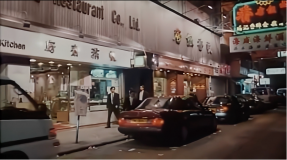
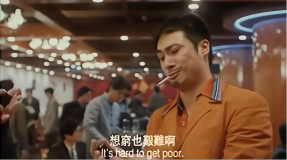
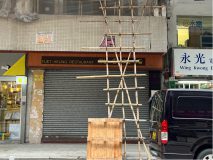



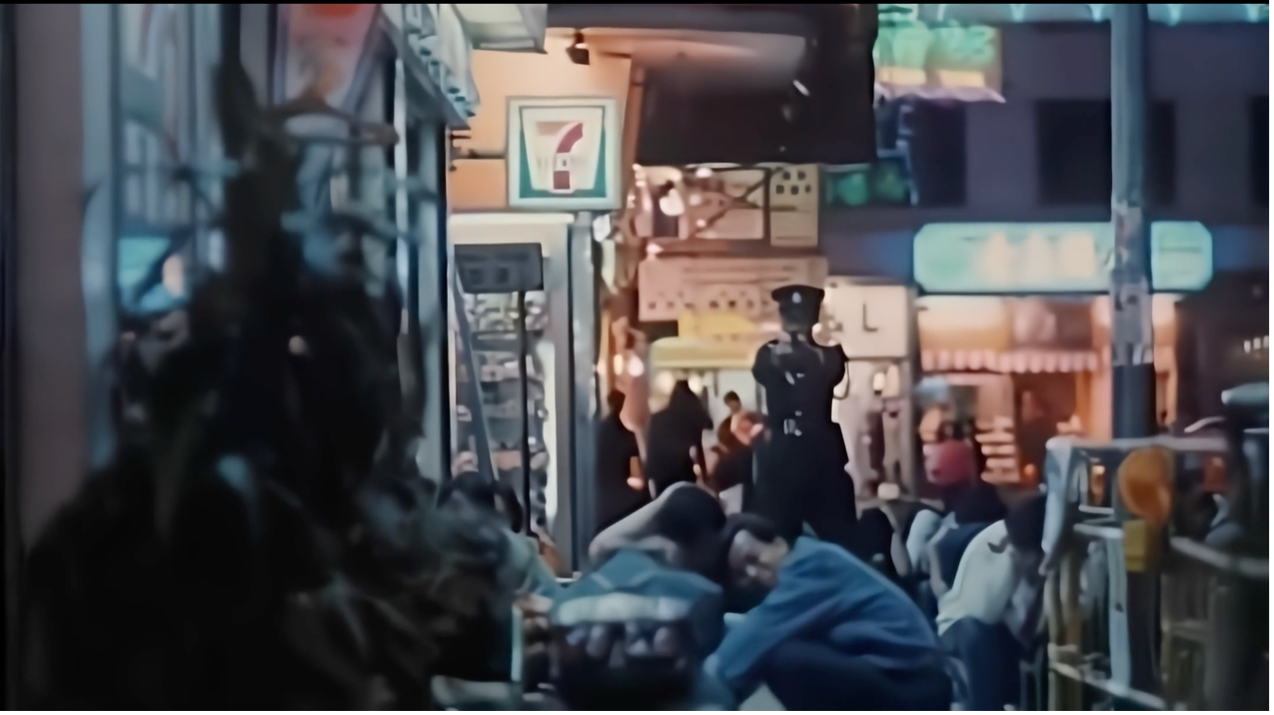
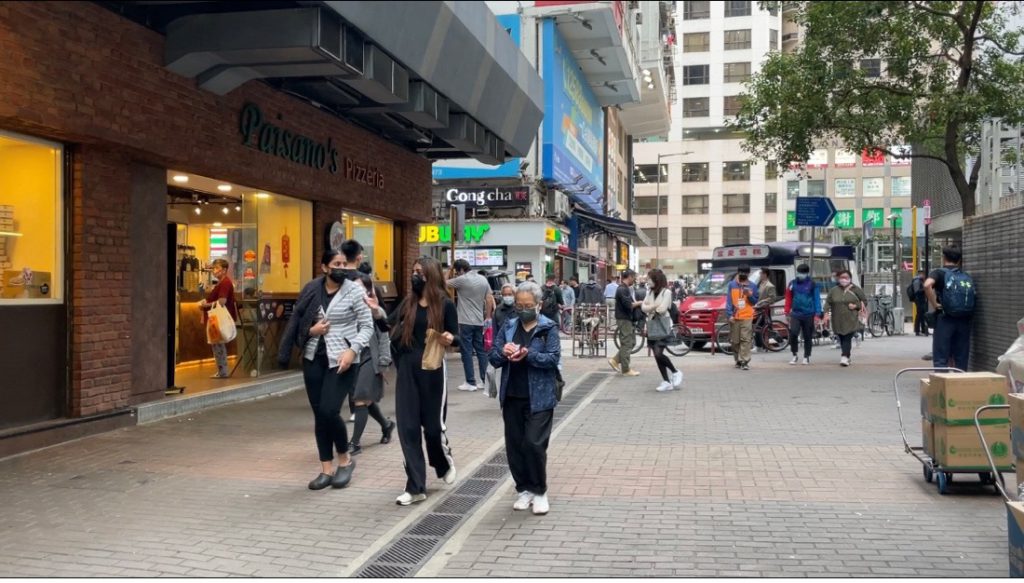

There is some good analysis on the alleyway and store condition of the filming location. I appreciated the diagram you created to illustrate the relationships between the pedestrians, stores, and street of the scene. To improve, it would be good to include a closer reading to certain scenes and how the camera is involved in depicting these spaces and the effects it has on the viewers. The podcast would also be more engaging if the presentation of it is more dialogue-like and conversational, it appears more as individual presentation of ideas instead of two people in dialogue at the moment.